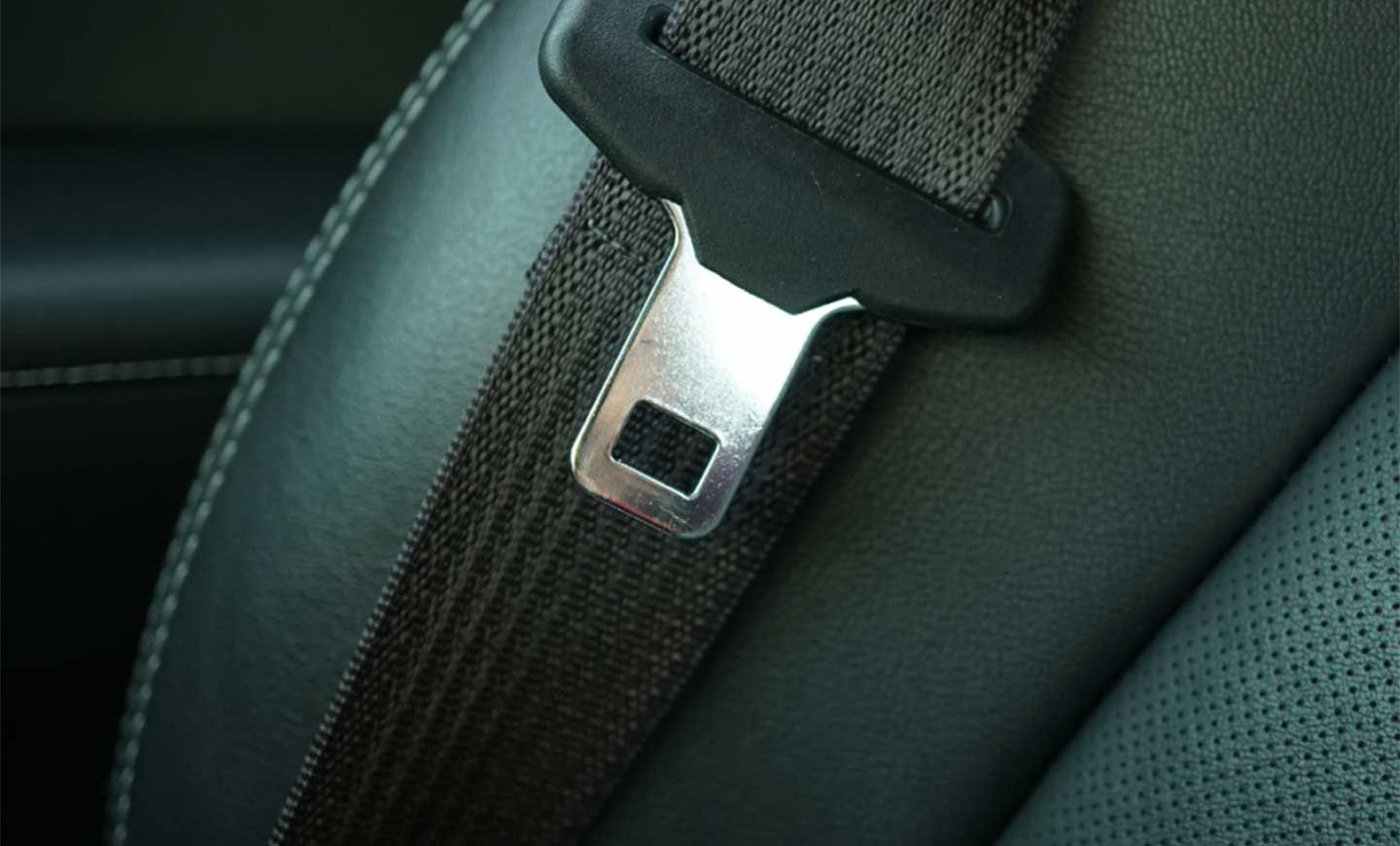The single most important thing you can do to keep yourself and your passengers safe is to make sure everyone is wearing a seatbelt. In Arizona, it’s also the law. If you get pulled over, the driver may be cited for themselves and anyone else inside the vehicle under 16 who isn’t wearing a seatbelt.
People will often complain that wearing seatbelts is inconvenient, uncomfortable, or wrinkles their clothes, but it’s an easy and effective way to reduce traffic fatalities and injuries.
Every year, seatbelts save the lives of about 15,000 people traveling in motor vehicles, and more than 2,500 additional lives could be saved if everybody wore them, according to the National Highway Transportation Safety Administration (NHTSA).
Seatbelt Safety
Let’s start with the good news: More people are wearing seatbelts than ever before. Even though seatbelts have been available since the 1950s, for a long time, many people simply refused to use them. Today, thanks to public safety campaigns and mandatory seatbelt laws, the national user rate is over 91 percent.
New Hampshire is the only state that doesn’t require all children and adults to buckle up when they drive. There are no mandatory federal seatbelt laws, but in Arizona, seatbelts are required for drivers and passengers traveling in all cars built since 1968. The only people who aren’t required to wear seatbelts are mail carriers and those with an authorized physical disability.
In Arizona, all children eight and younger who are under 4 feet 9 inches tall are required to use a child restraint system or a booster seat. Unless the person not wearing a seatbelt is under five years old, not wearing a seatbelt is subject to secondary enforcement, which means you can only be cited if you were pulled over for some other infraction, such as speeding.
Some people believe that they don’t need to wear a seatbelt if they’re traveling inside a vehicle that has airbags. But airbags are designed to be used together with seatbelts, and you can suffer serious injuries or fatalities if an airbag deploys and your seatbelt isn’t on.
You are a lot safer with seatbelts that were built with shoulder restraints. If you own an older vehicle that doesn’t have shoulder restraints, it’s a good idea to talk to your mechanic about having your car retrofitted.
Seatbelts are safest when worn correctly. That means:
The lap belt is resting across the pelvis and not your stomach.
The shoulder strap is resting across the middle of your chest and not across your neck.
The shoulder strap is not behind your back.
The shoulder strap is not under your arm.
The seatbelt is adjusted to fit snugly but comfortably.
Minimize the gap between your chest and the shoulder strap by not reclining too much.
Not Wearing a Seatbelt May Increase Liability
When it comes to automobile collisions, Arizona is a comparative negligence state. That means liability is determined based on a person’s level of negligence when an accident occurs. If you get into a crash, the damages you recover may be reduced by the percentage by which you are held liable for your injuries.
Let’s say that you are injured because an intoxicated driver ran a traffic light and crashed into your vehicle, but you were not wearing seatbelts at the time. If the other driver’s attorney convinces the court that your injuries are 20 percent worse than they would have been if you had been wearing your seatbelt, the damages you collect will be reduced by 20 percent.
You Can Count On Our Success Rate
Mark and Alexis Breyer of The Husband & Wife Law Team have been helping accident victims for over 25 years, with a success rate of 98 percent. We’ll file a claim against anyone whose negligent behavior contributed to your injuries so you can cover your medical bills and other expenses, such as time missed from work and pain and suffering.
Mark Breyer holds an AV Rating from Martindale-Hubbell, and Alexis Breyer was named a Top 10 Personal Injury Attorney by Best of the Best. They’ve both been recognized by Super Lawyers and Avvo for providing clients with outstanding service.
Call our personal injury attorneys to learn more today with a free consultation.


